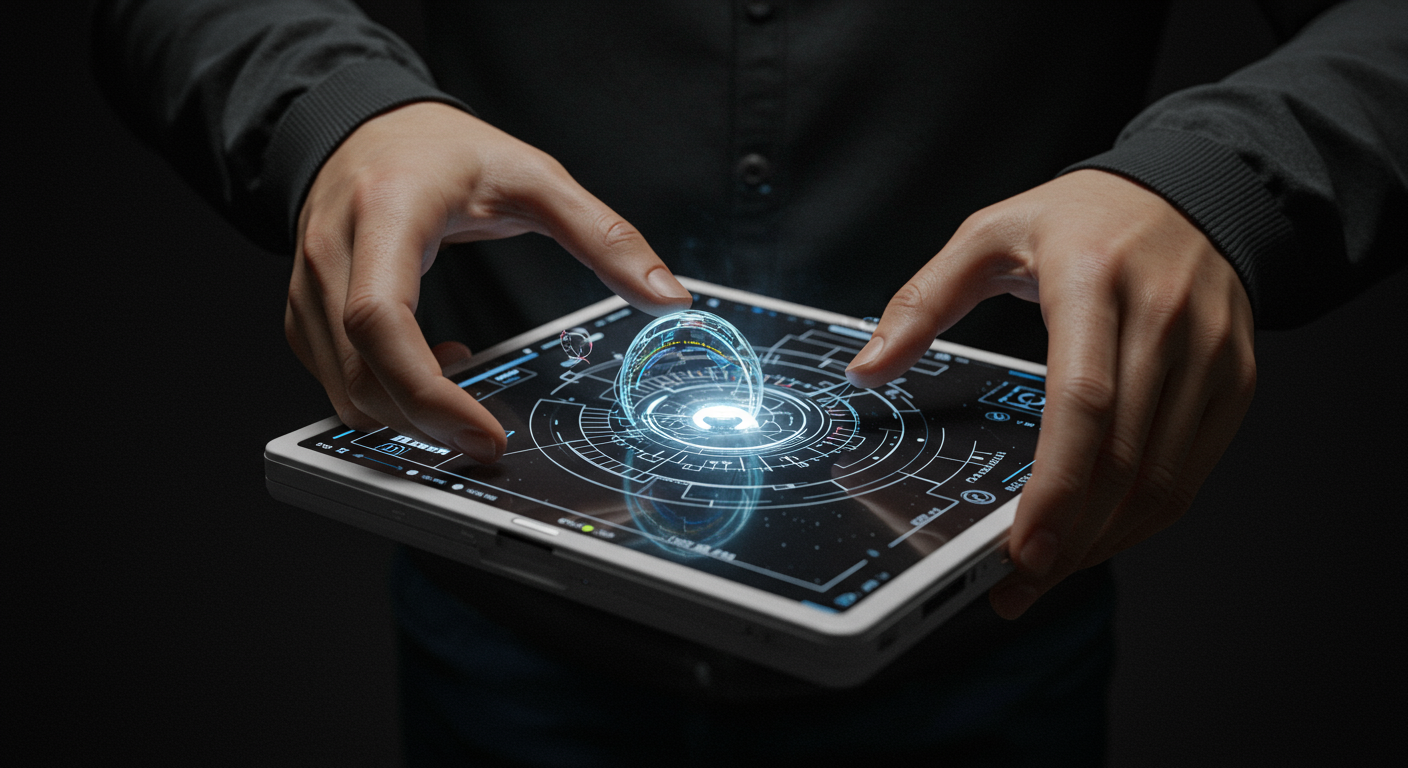Tactile Holograms: The Future of Touch-Based Interaction
In a world where digital interfaces reign supreme, a groundbreaking technology is emerging that promises to revolutionize how we interact with virtual objects. Tactile holograms, a fusion of holographic displays and haptic feedback, are poised to bring a new dimension to human-computer interaction. This innovative technology allows users to not only see but also feel and manipulate holographic projections, blurring the lines between the digital and physical realms.

How Tactile Holograms Work
At the heart of tactile hologram technology lies a complex interplay of light manipulation and precisely controlled ultrasonic waves. The visual component is created using advanced holographic display techniques, which project three-dimensional images into mid-air. These images are then coupled with an array of ultrasonic transducers that create patterns of high-frequency sound waves. When these waves intersect, they form areas of high and low pressure in the air, which can be felt as tactile sensations on the skin.
The Technological Challenges
Creating tactile holograms presents a multitude of technical hurdles. One of the primary challenges is achieving sufficient resolution in both the visual and haptic components. Current prototypes offer limited tactile feedback, often restricted to simple shapes and textures. Researchers are working tirelessly to increase the fidelity of these sensations, aiming to replicate complex textures and even temperature variations.
Another significant obstacle is latency. For the interaction to feel natural, the system must respond to user input with minimal delay. This requires powerful computing systems capable of real-time processing of both visual and haptic data. As processing power continues to increase and algorithms become more efficient, we can expect to see improvements in this area.
Potential Applications
The potential applications for tactile holograms span a wide range of industries. In the medical field, surgeons could use this technology to practice complex procedures on virtual patients, feeling the texture of different tissues and the resistance of various surgical tools. Designers and engineers could manipulate 3D models of their creations, feeling the contours and testing ergonomics before physical prototypes are built.
In the realm of entertainment, tactile holograms could revolutionize gaming and virtual reality experiences. Imagine being able to feel the texture of a dragon’s scales or the heat of a virtual flame. Museums could offer visitors the chance to touch priceless artifacts without risk of damage, while educators could bring abstract concepts to life in tangible, interactive ways.
The Road to Commercialization
While the technology behind tactile holograms is promising, it’s still in its early stages. Several research institutions and tech companies are investing heavily in this field, with some early prototypes already demonstrating impressive capabilities. However, the path to widespread commercial availability is likely to be a long one.
Current estimates suggest that we might see the first consumer-grade tactile hologram devices within the next 5-10 years. These initial offerings are expected to come with a hefty price tag, potentially in the range of $10,000 to $50,000, limiting them to high-end commercial applications and research institutions. As with many emerging technologies, prices are expected to decrease as production scales up and the technology matures.
Ethical and Social Implications
As with any transformative technology, tactile holograms raise important ethical and social questions. There are concerns about privacy and data security, particularly in applications that might involve sensitive personal information. Additionally, the immersive nature of this technology could potentially lead to issues of addiction or escapism, similar to those seen with current virtual reality systems.
On the positive side, tactile holograms have the potential to greatly enhance accessibility for individuals with visual impairments, offering new ways to interact with digital information through touch. They could also play a role in remote work and collaboration, allowing for more natural and intuitive interactions in virtual meetings and shared workspaces.
The Future of Human-Computer Interaction
Tactile holograms represent a significant leap forward in the field of human-computer interaction. By engaging multiple senses simultaneously, they offer a more immersive and intuitive way to interact with digital content. As the technology continues to evolve, we can expect to see increasingly sophisticated applications that blur the boundaries between the physical and digital worlds.
While there are still many challenges to overcome, the potential of tactile holograms is undeniable. As researchers and engineers continue to push the boundaries of what’s possible, we may be on the cusp of a new era in computing – one where our digital interactions are not just seen and heard, but felt in ways we’ve only begun to imagine.





